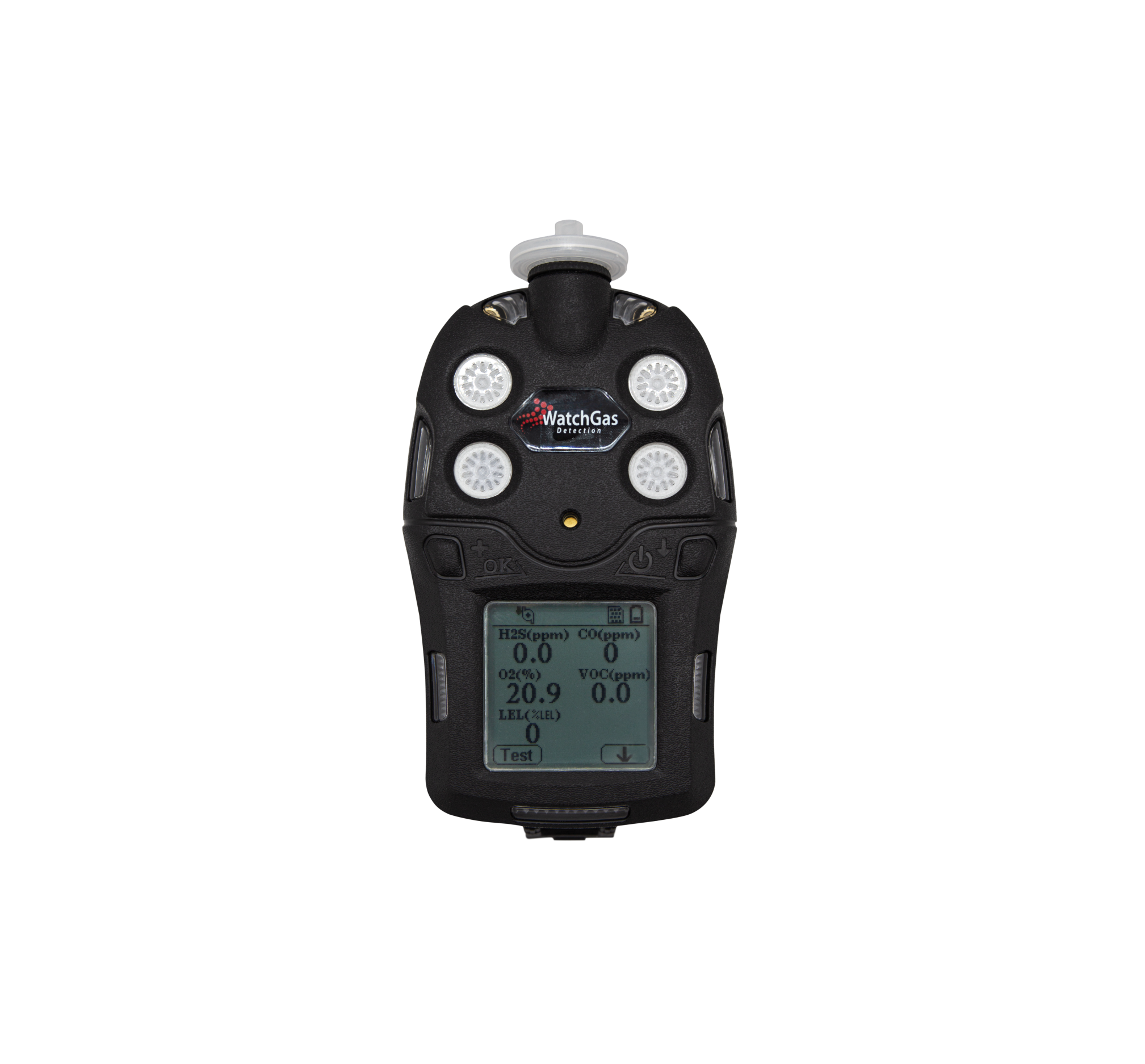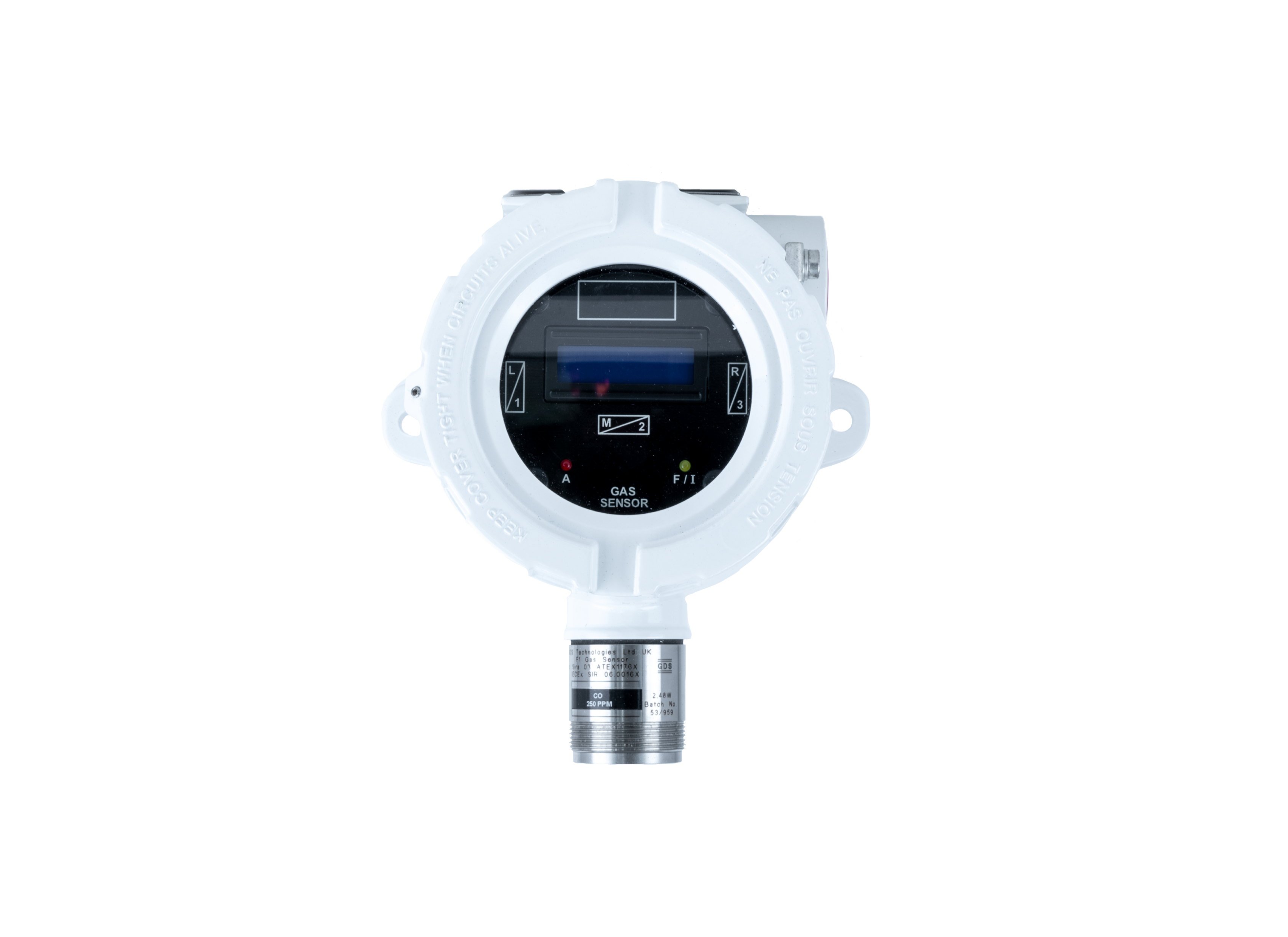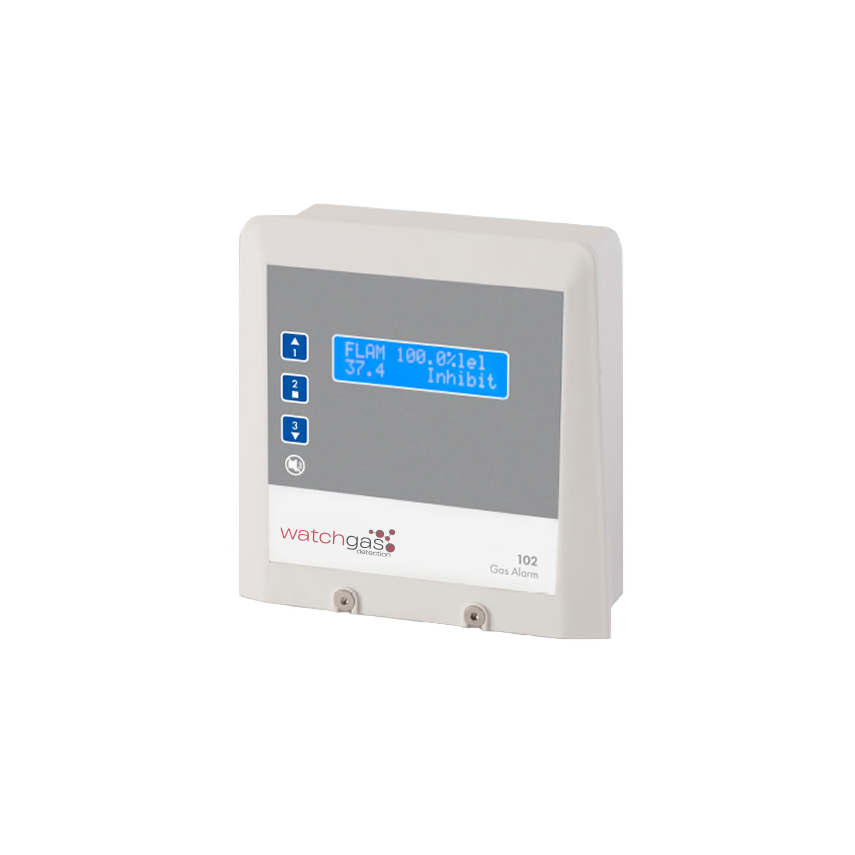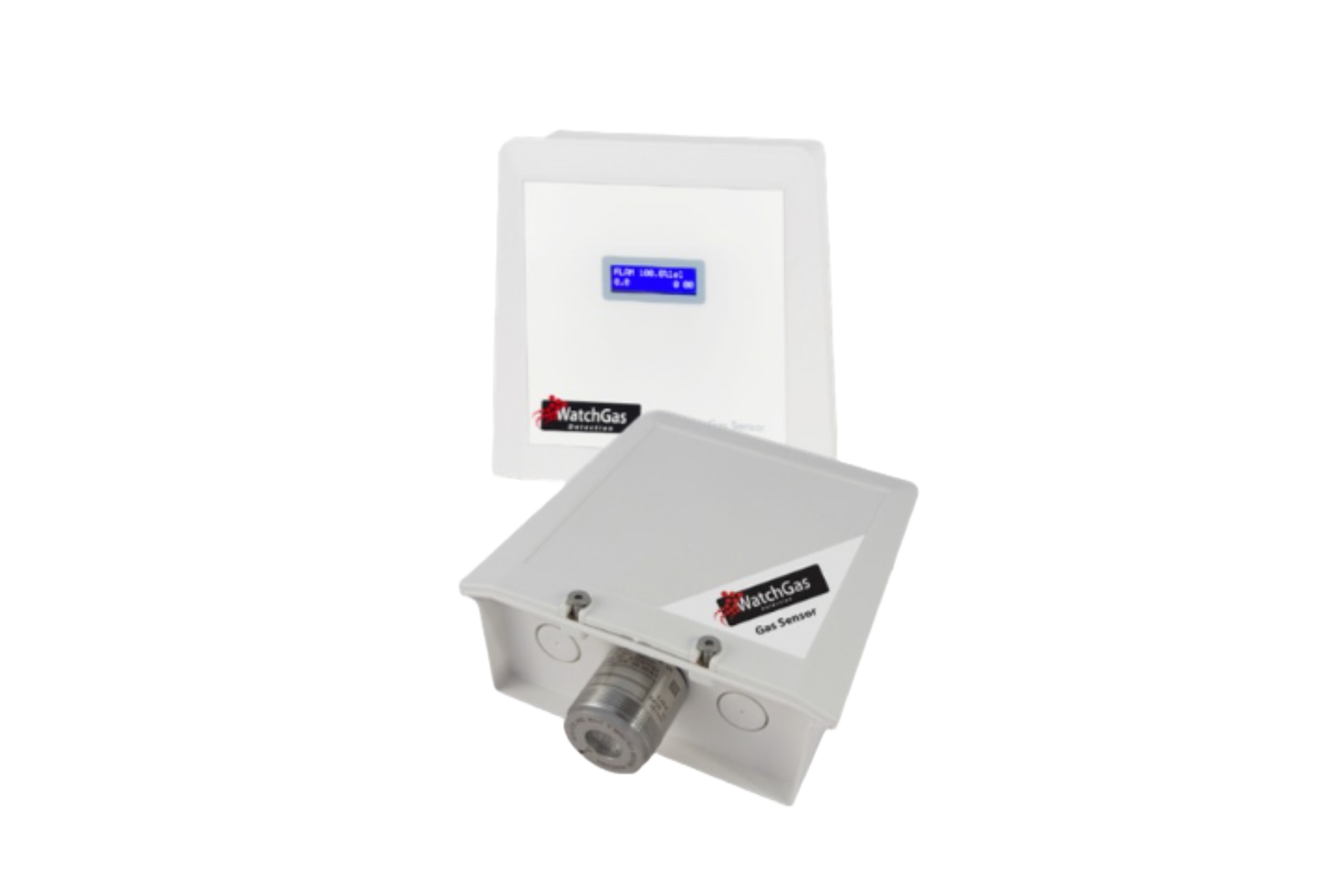Butane (C4H10)
Butane (C4H10) is an alkane hydrocarbon. This gas is produced while refining crude petroleum or in natural gas deposits. It is mainly used filled in cylinders as a household fuel (water heater, cooker, heating). However, butane is used in industrial environments as well, particularly in the synthesis process of ethylene, propylene or butadiene.
Butane effects on health
If inhaled, butane can have severe consequences on human health that can lead to death (asphyxia, ventricular fibrillation). Butane combustion can also lead to these hazards as it exhausts harmful substances like nitrogen dioxide. When combustion is incomplete – because of an oxygen deficiency – butane combustion produces carbon and carbon monoxide as well.
When its concentration reaches 17,000 ppm, butane is a central nervous system depressant. At high levels, it acts like a simple asphyxiating agent that can move the necessary to breathing oxygen. It is also dangerous in confined spaces where its concentration has to stay under 10% of the LEL (lower explosive limit) – 1,600 ppm.
Butane is slightly soluble in water but dissolves into alcohol and ether. Odourless and colourless, it is gaseous at room temperature but can liquefy at relatively low-pressure levels. Butane is highly flammable. It easily ignites in the presence of static electricity, flame or any other ignition source. Between 1.6 and 8.4%, it forms an explosive mixture with air.
CAS-Number: 106-97-8
Compatible products
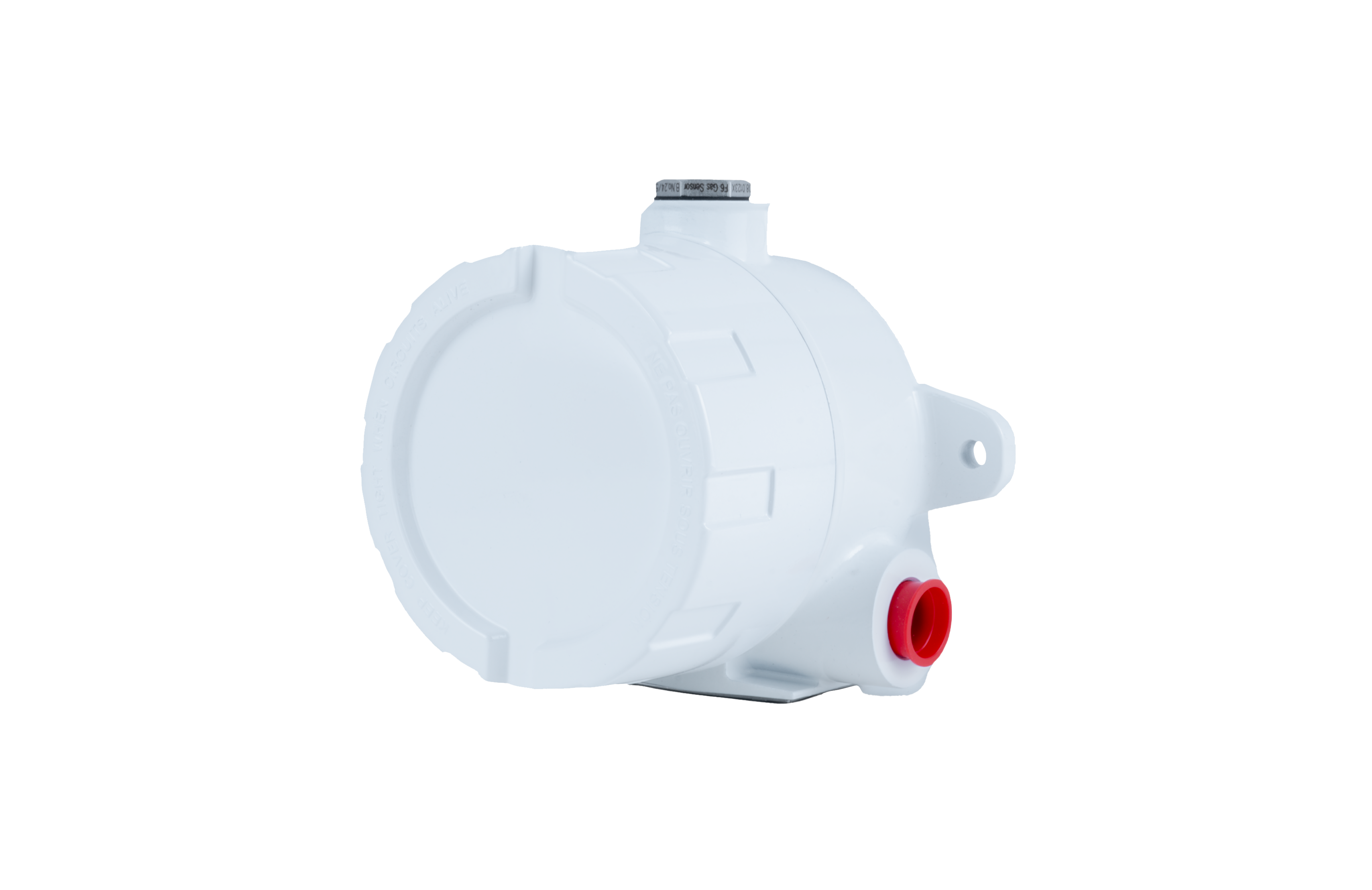
-
Wide range of sensors
-
Versatile
WatchGas XDI 
The XDI-F1 Gas Sensor is capable of utilizing a wide range of sensor cell types offering an unmatched number of gases that may be monitored. Standard 4~20mA signaling with CANbus address enables the sensors to be networked via the WatchGas Combi control system or customer preferred monitoring systems.
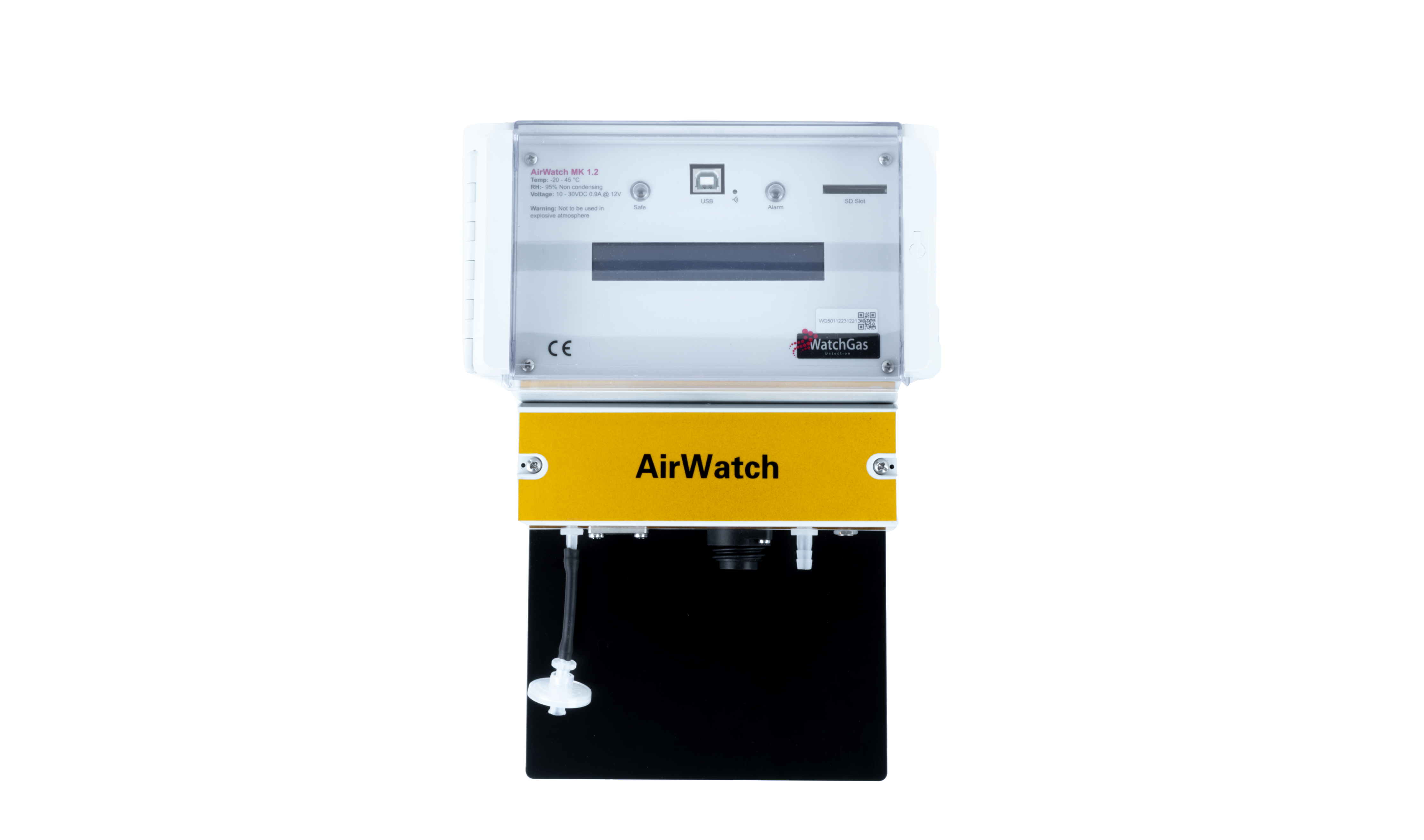
-
Safe area solution
-
Transportable
WatchGas AirWatch Mk1.2 
The AirWatch is your safe area solution for the monitoring of various gases. Based on the measurement values and alarms, equipment is switched on or off, data is logged and optionally employees are remotely informed of the gas concentrations present.








